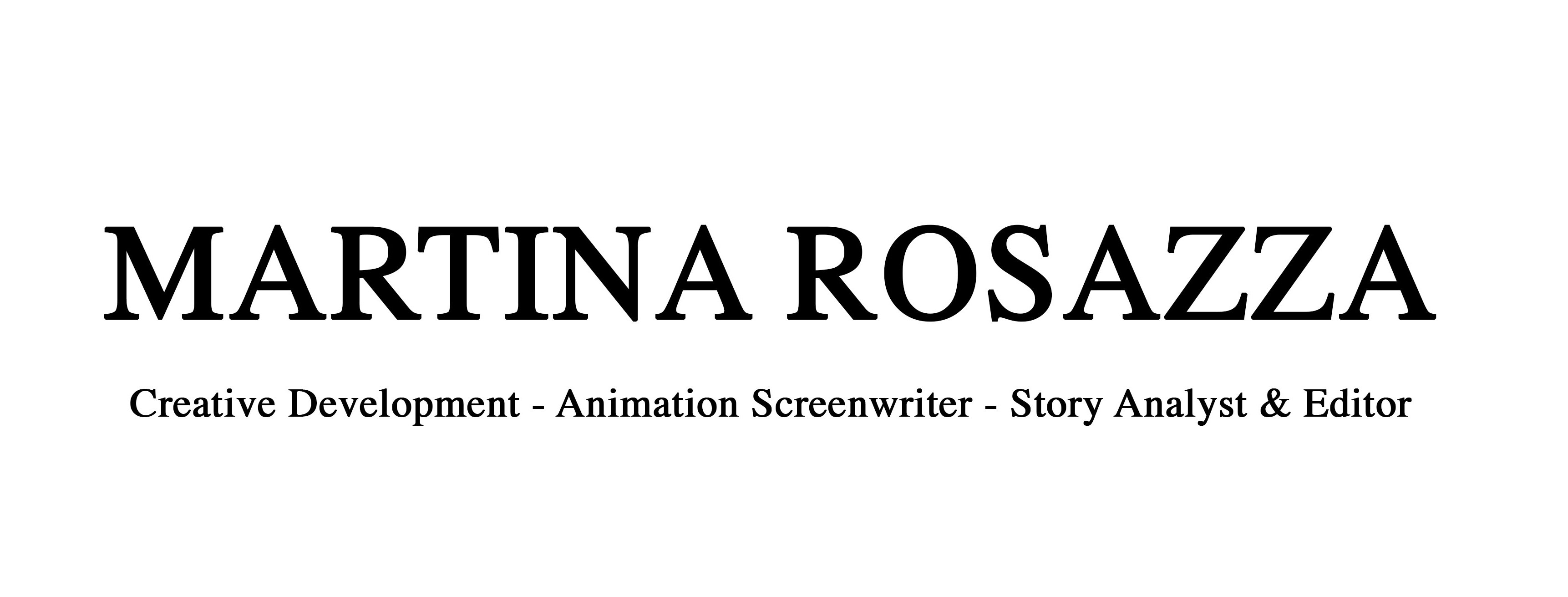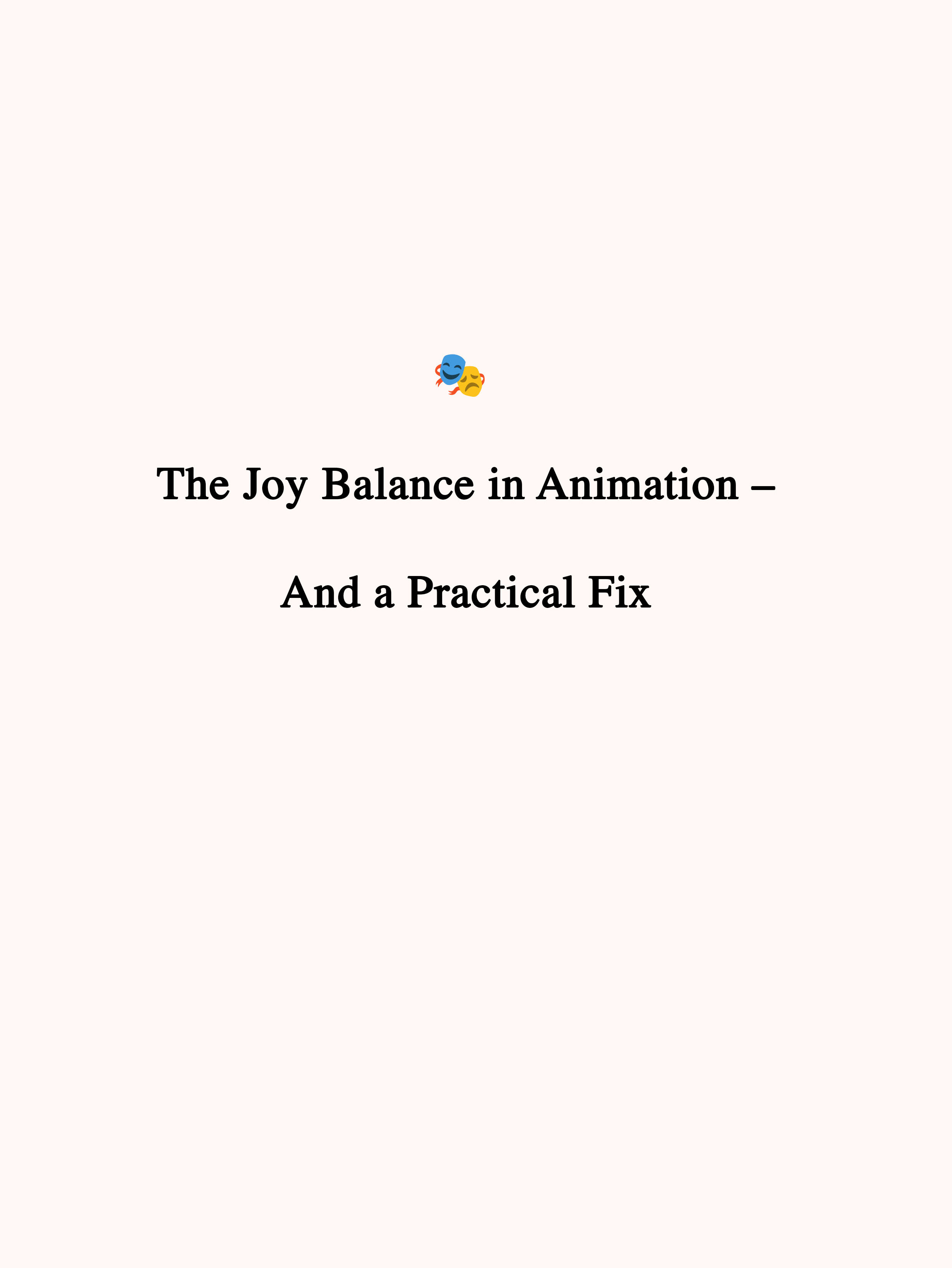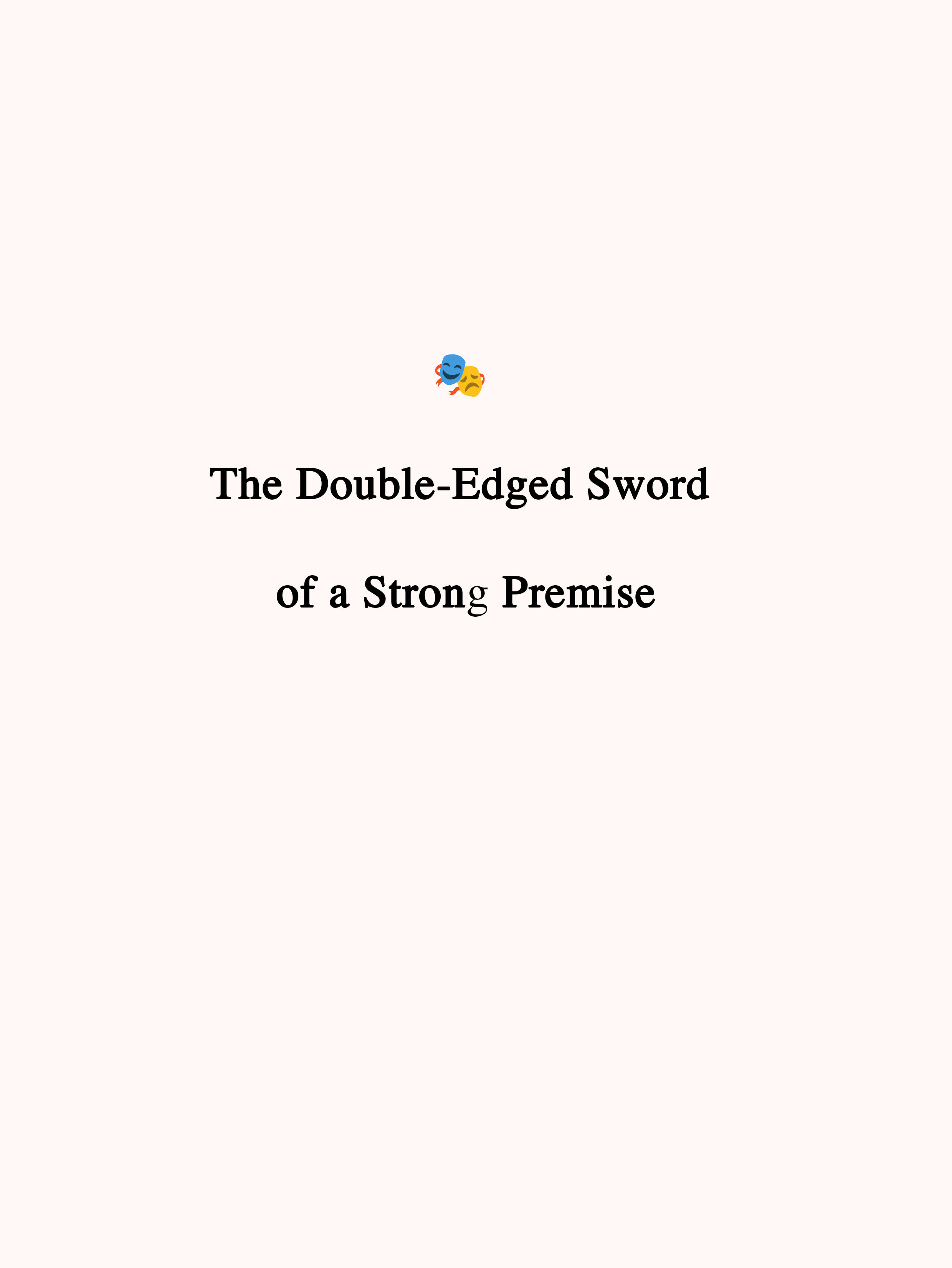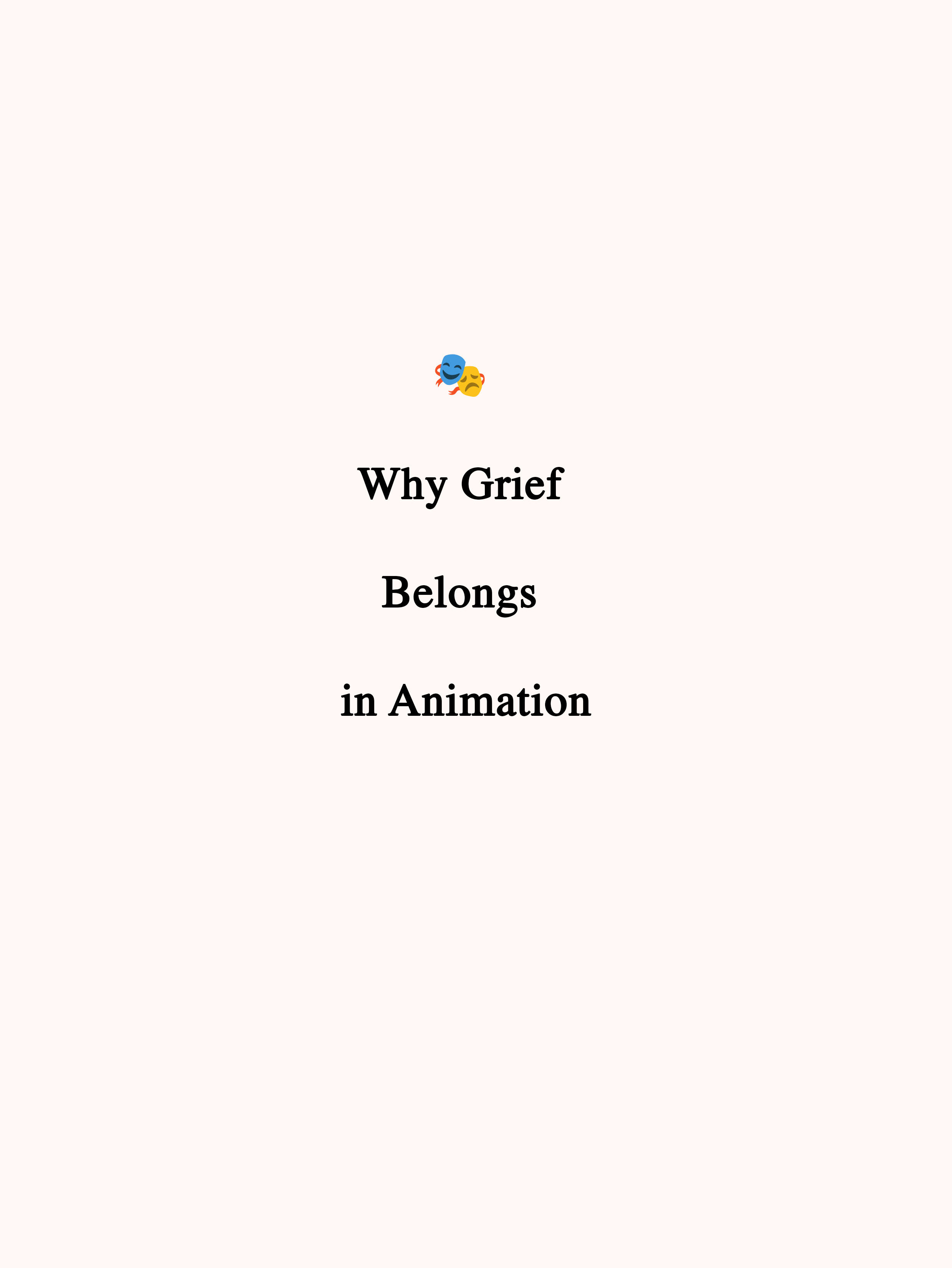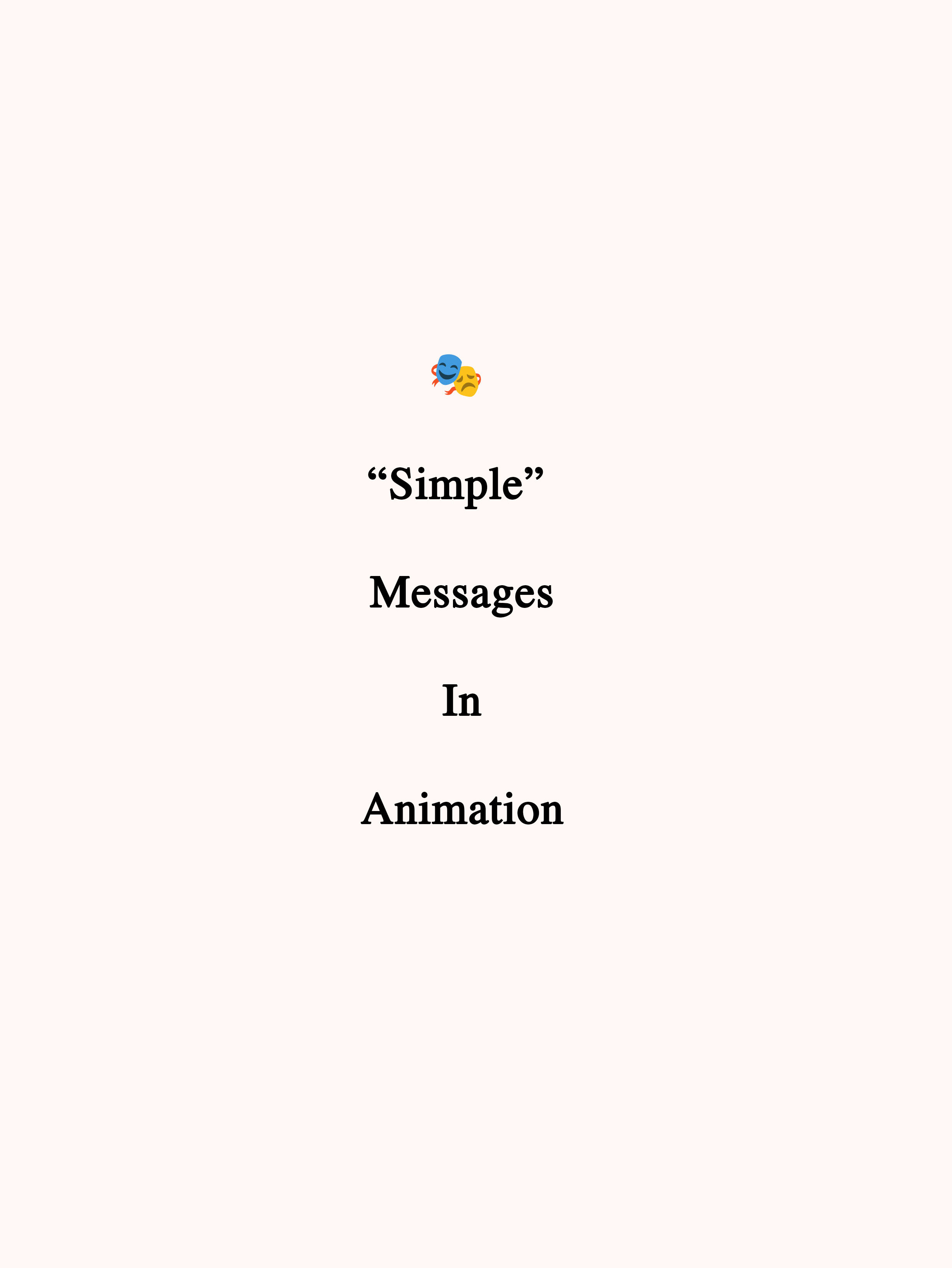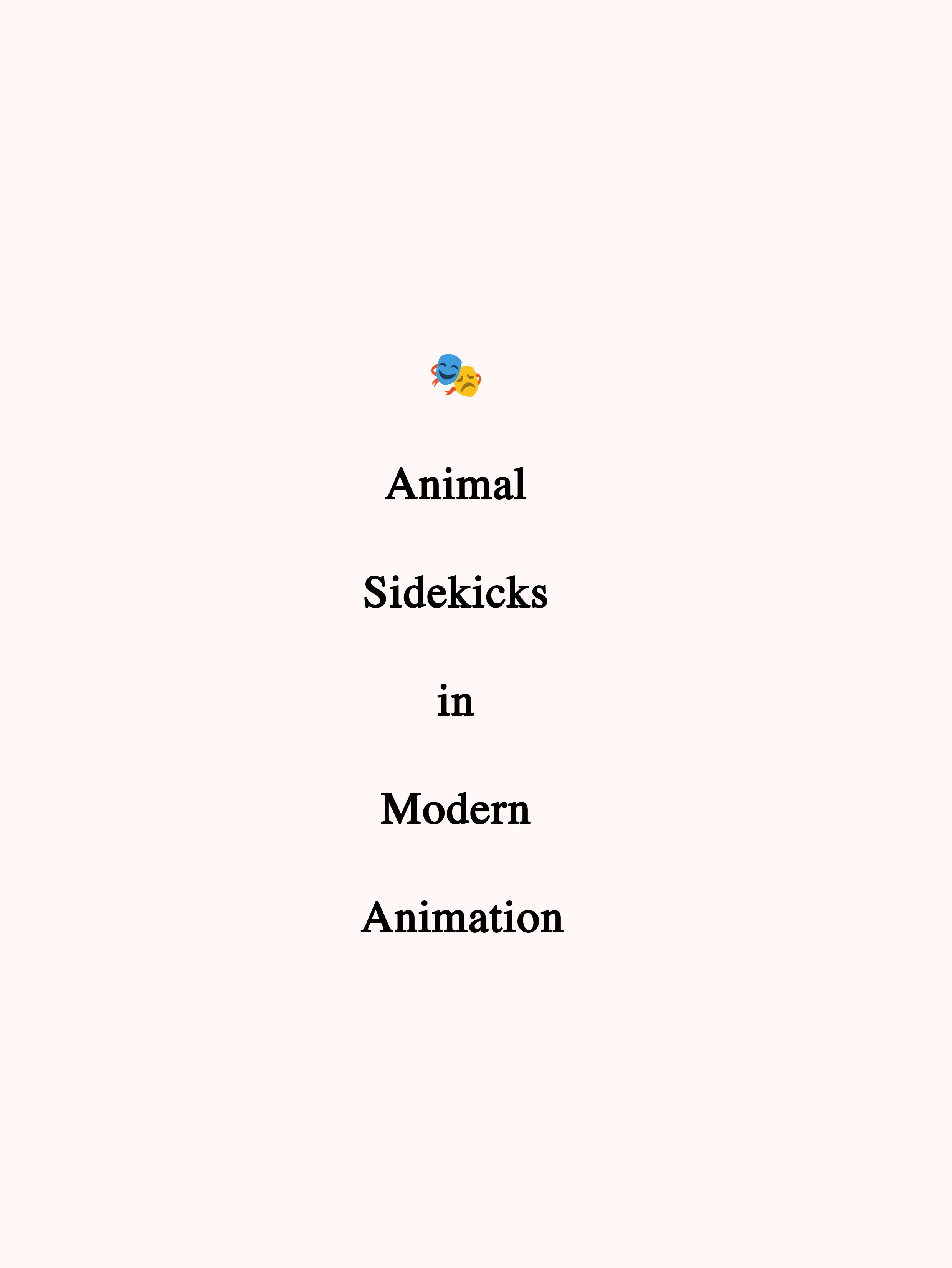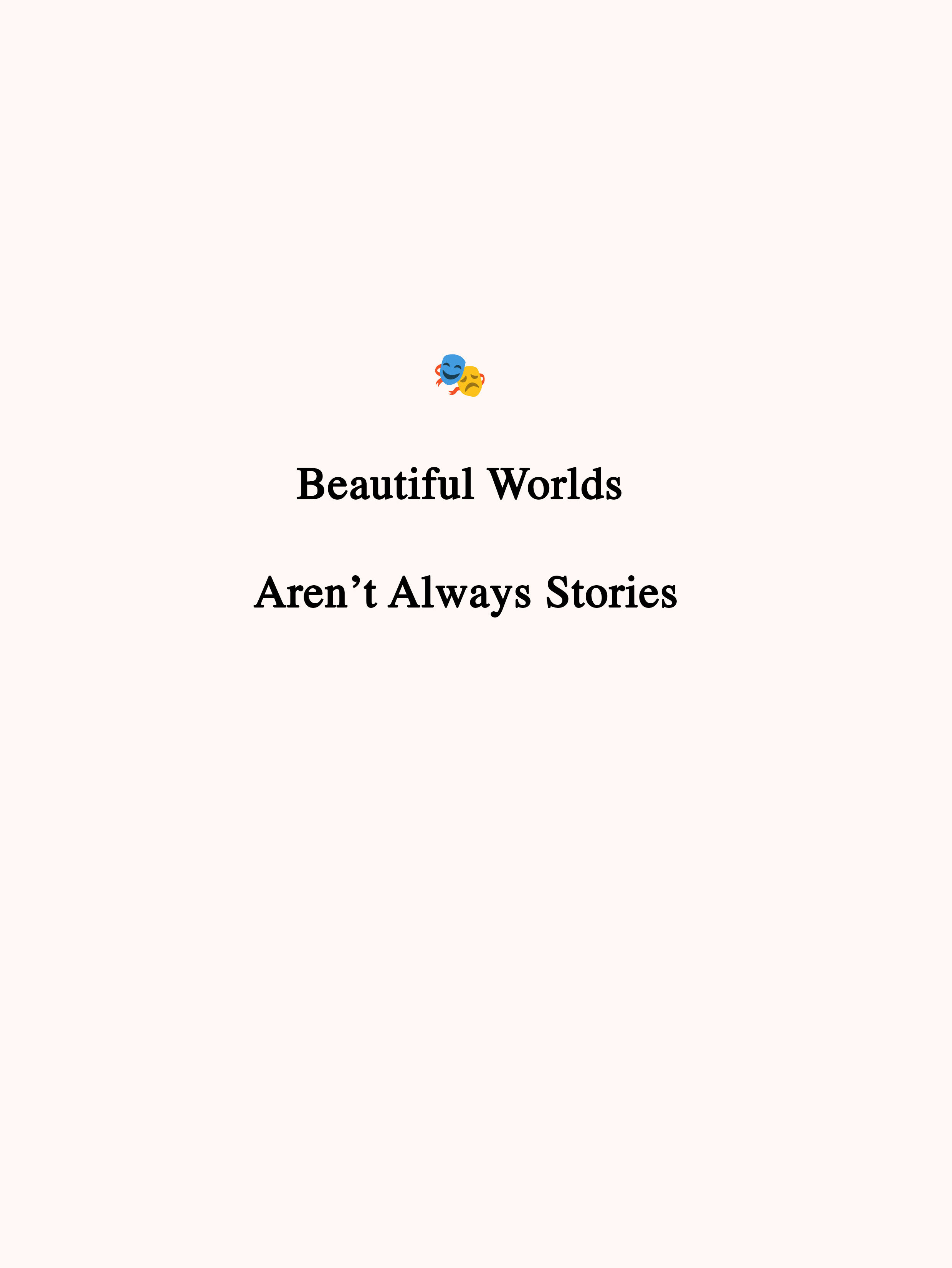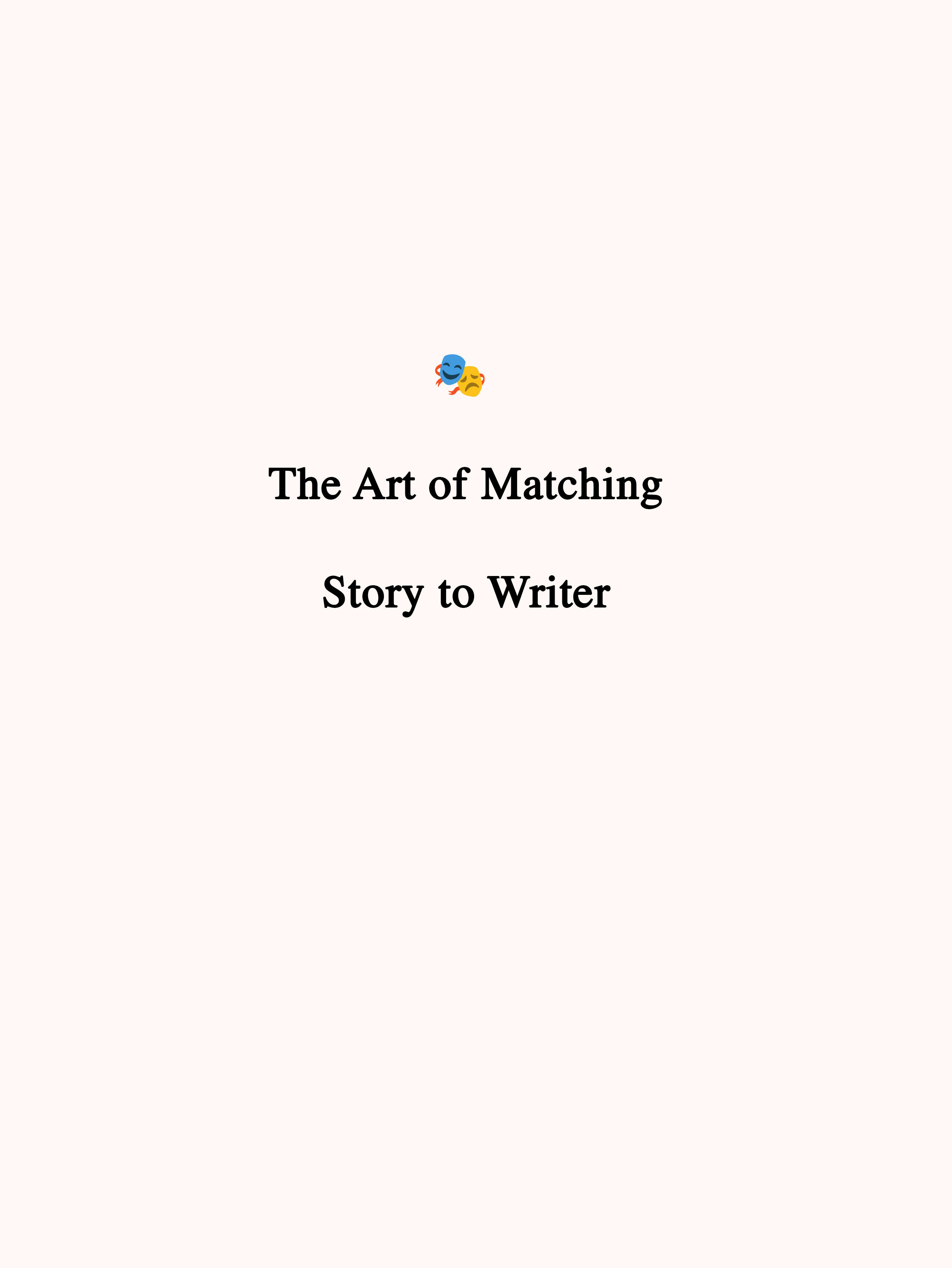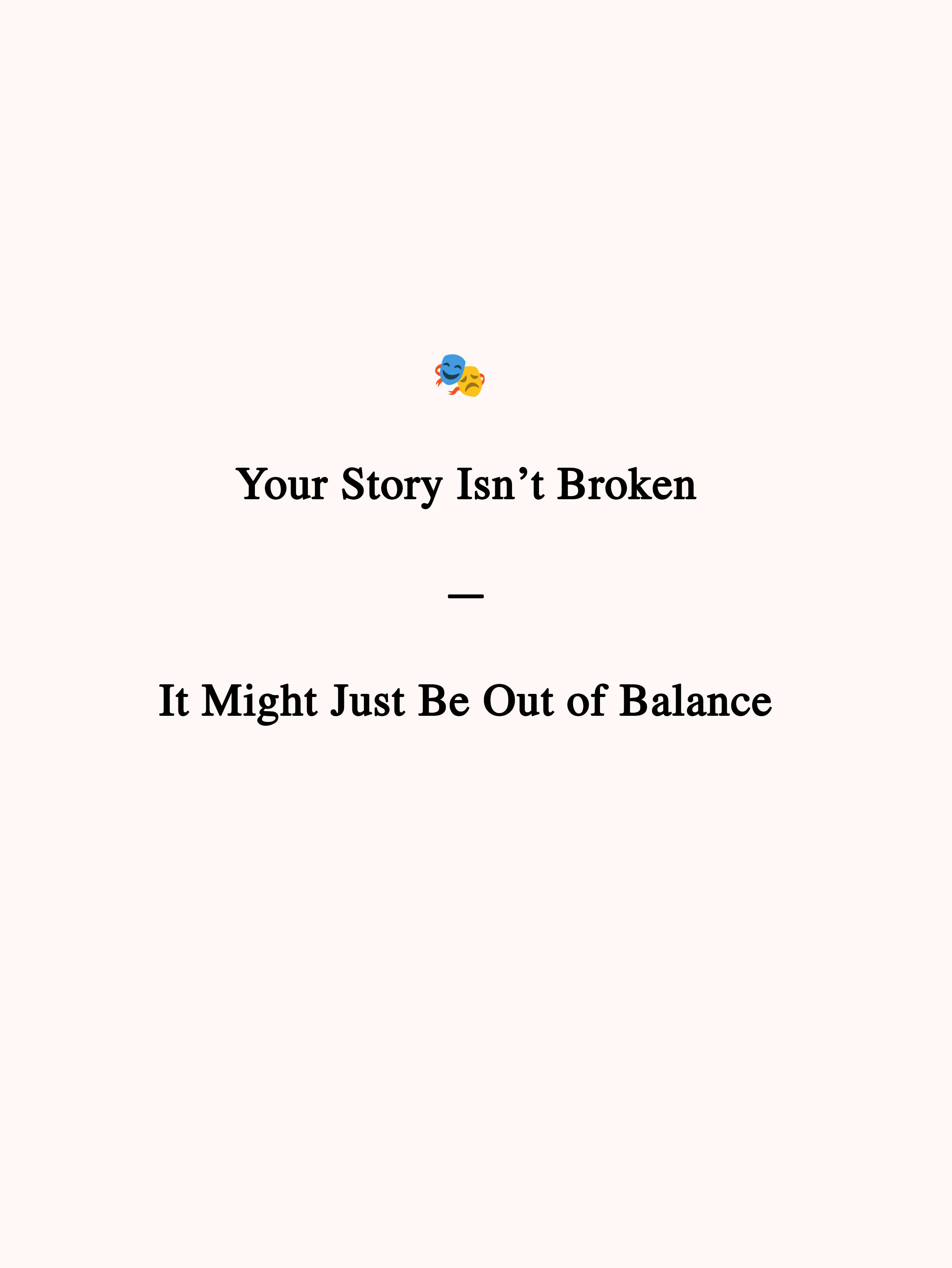Flat or dynamic character arc?
Character arcs are your tool to convey your message. Flat or dynamic are just two different strategies. As long as you have a message and commit to one of these strategies, it will work. There isn’t a better answer, there isn’t a right or wrong. It’s merely a preference.
Once this is understood, what are the differences?
Flat arc: your character is the champion of your message, from start to end. They don’t grow, they already know the lesson. It is the other characters/society/the audience who possibly don’t, and the character will teach them through their story. The message in Disney’s Cinderella is “hope should not be lost”. Cinderella is a flat arc, she’s the champion of this message from start to end. This can be seen at the beginning when she’s cheerful despite being a slave in her own house, when she doesn’t give up after the stepmother says she can’t go to the ball and when the fairy God Mother appears. The message of your story doesn’t need to be good, nor inspiring. In series House MD the message is “people will be people”. The main character Gregory House is a flat arc, he’s the champion of this message. He thinks his patients are always lying and, because this is a well thought out series, he’s always proven right. Just like Cinderella. The author of both series is using the character to prove their point/deliver their message.
Dynamic arc: your character hasn’t learned the message you’re trying to share yet, but they will through the events of the story. Aladdin by Disney wants to share the message “the value of being your true self”. Aladdin doesn’t know this at the beginning and that’s proven by the fact that he thinks the only way to reach his goal, be with Jasmine, is through lying about who he is and pretending to be a prince, instead of embracing authenticity. Through the events of the story, his strategy backfires and he eventually learns the message the author was trying to share: only by being yourself you can find happiness and true love.
Some of these terms have become buzzwords. I heard someone say Moana 2 didn’t deliver because “Moana didn’t grow”, implying the “mistake” was to make her a flat character arc. But Cinderella and Gregory House didn’t grow either, and their story still works. If your story isn’t delivering it’s more likely that you may not have worked out a clear/inspired message (which is what I believe to be the “issue” in the reception of Moana 2), or because you have a good message but you haven’t committed to neither of these strategies to deliver it (what I believe to be the main issue of Spellbound, which wanted to share the beautiful message that maybe the solution for divorced parents isn’t to get back together, but to learn to live with harmony separated, but the execution didn’t live up to its full potential).
Once this is understood, what are the differences?
Flat arc: your character is the champion of your message, from start to end. They don’t grow, they already know the lesson. It is the other characters/society/the audience who possibly don’t, and the character will teach them through their story. The message in Disney’s Cinderella is “hope should not be lost”. Cinderella is a flat arc, she’s the champion of this message from start to end. This can be seen at the beginning when she’s cheerful despite being a slave in her own house, when she doesn’t give up after the stepmother says she can’t go to the ball and when the fairy God Mother appears. The message of your story doesn’t need to be good, nor inspiring. In series House MD the message is “people will be people”. The main character Gregory House is a flat arc, he’s the champion of this message. He thinks his patients are always lying and, because this is a well thought out series, he’s always proven right. Just like Cinderella. The author of both series is using the character to prove their point/deliver their message.
Dynamic arc: your character hasn’t learned the message you’re trying to share yet, but they will through the events of the story. Aladdin by Disney wants to share the message “the value of being your true self”. Aladdin doesn’t know this at the beginning and that’s proven by the fact that he thinks the only way to reach his goal, be with Jasmine, is through lying about who he is and pretending to be a prince, instead of embracing authenticity. Through the events of the story, his strategy backfires and he eventually learns the message the author was trying to share: only by being yourself you can find happiness and true love.
Some of these terms have become buzzwords. I heard someone say Moana 2 didn’t deliver because “Moana didn’t grow”, implying the “mistake” was to make her a flat character arc. But Cinderella and Gregory House didn’t grow either, and their story still works. If your story isn’t delivering it’s more likely that you may not have worked out a clear/inspired message (which is what I believe to be the “issue” in the reception of Moana 2), or because you have a good message but you haven’t committed to neither of these strategies to deliver it (what I believe to be the main issue of Spellbound, which wanted to share the beautiful message that maybe the solution for divorced parents isn’t to get back together, but to learn to live with harmony separated, but the execution didn’t live up to its full potential).
